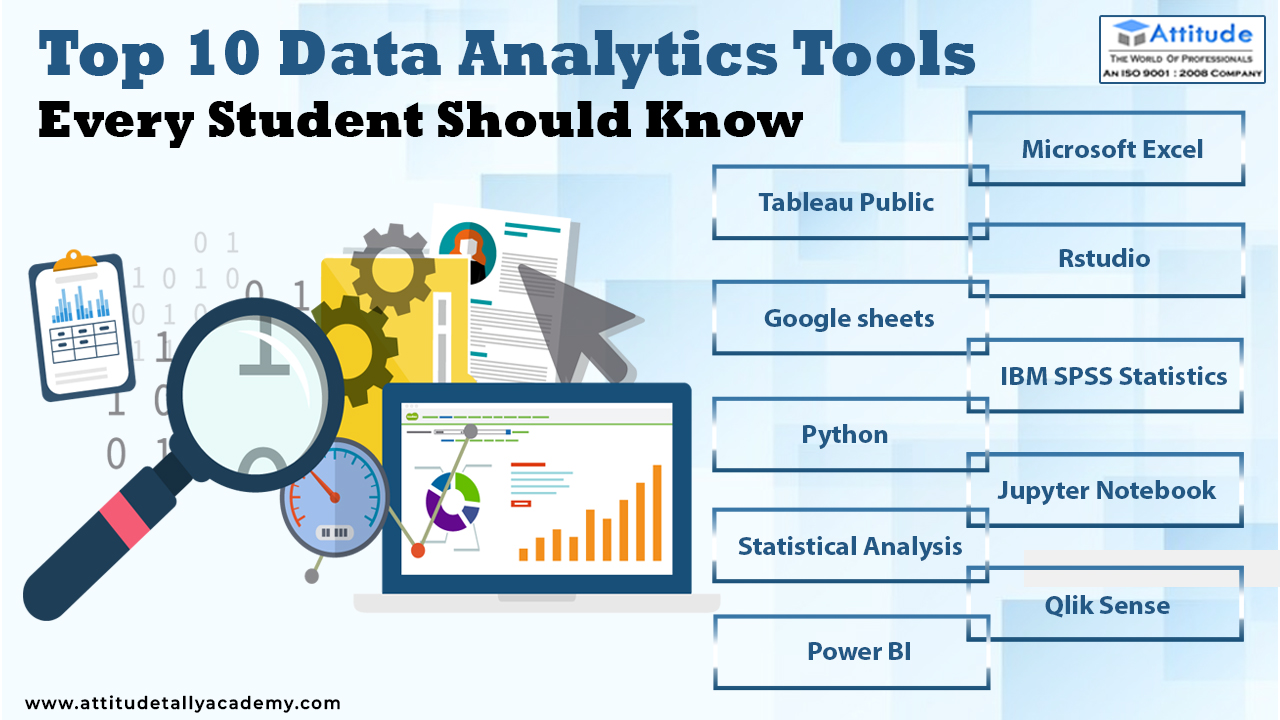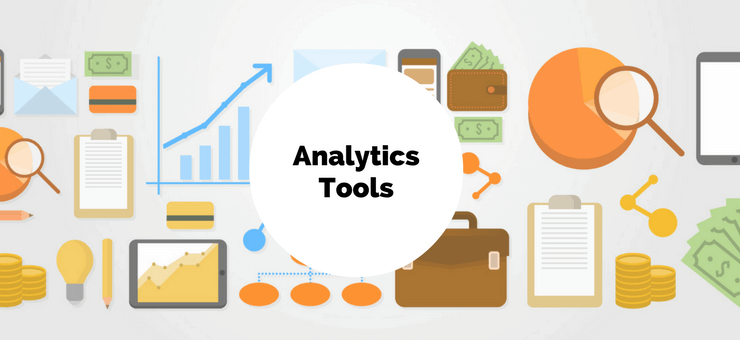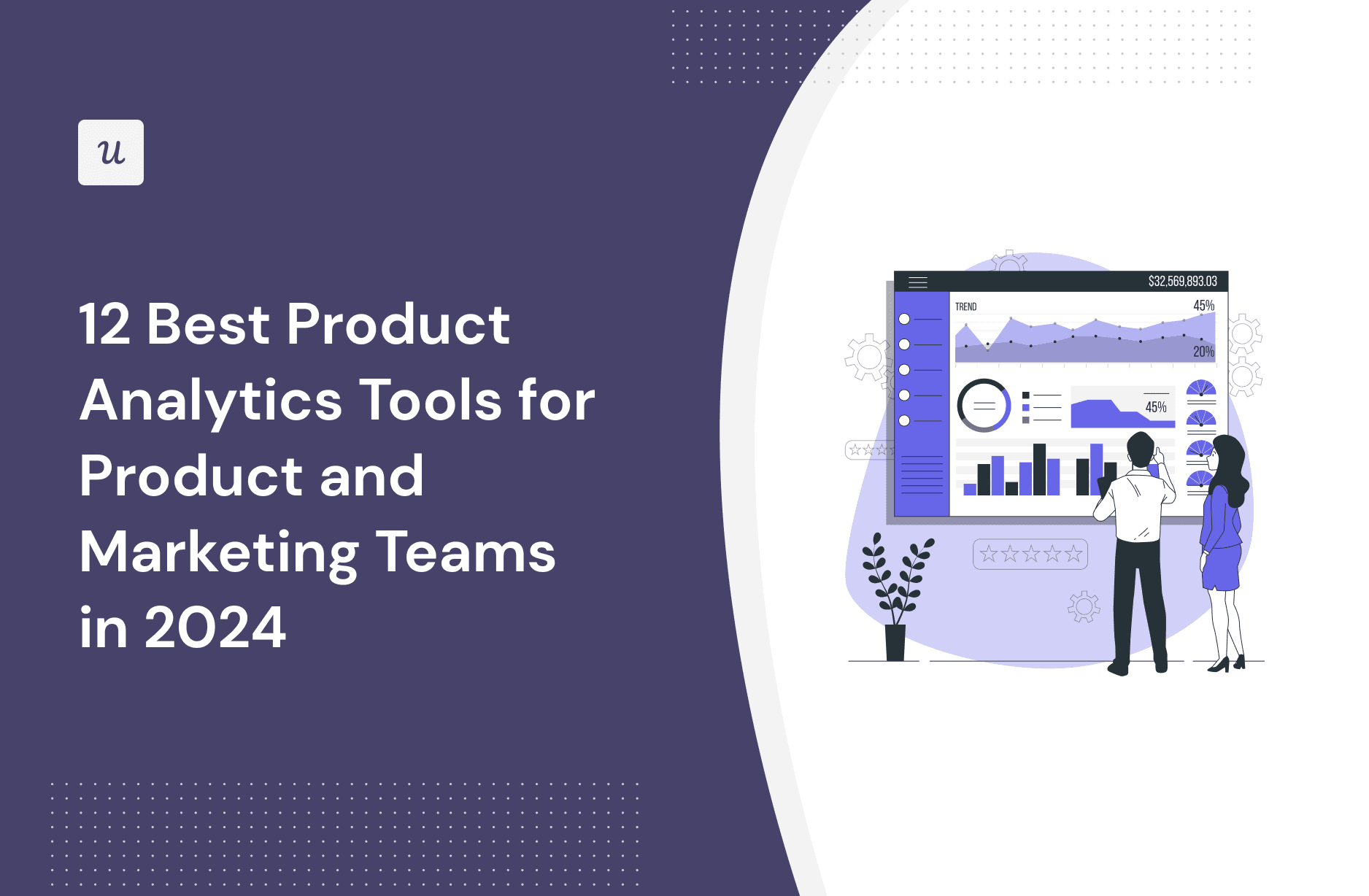Increase Performance and Productivity Through Information Analytics
In today's data-driven landscape, organizations are progressively recognizing the pivotal function of information analytics in improving functional effectiveness and profitability. By methodically assessing data, companies can reveal critical insights that notify tactical decisions, enhance processes, and tailor customer experiences (Analytics). The obstacle exists not only in the implementation of these analytical tools yet also in understanding just how to convert data into workable results. As we explore the nuances of efficient data-driven methods, the ramifications for both temporary gains and lasting success come to be progressively clear. What might these insights expose for your company?
Comprehending Data Analytics
In today's data-driven landscape, understanding information analytics is essential for organizations aiming to improve functional performance and drive success. Data analytics entails the organized computational analysis of information sets to uncover patterns, connections, and insights that educate decision-making. By using numerous techniques, such as analytical analysis, artificial intelligence, and predictive modeling, companies can transform raw information right into workable intelligence.
The process generally begins with data collection, where appropriate information is collected from multiple resources, consisting of transactional databases, customer communications, and market patterns. This data is after that cleaned up and arranged to guarantee precision and uniformity. As soon as the information is prepared, logical tools and software program are used to explore and envision the details, allowing stakeholders to recognize abnormalities and fads.
Eventually, comprehending information analytics encourages organizations to make enlightened choices based upon empirical evidence instead than instinct. It facilitates targeted strategies that can enhance source allotment, improve customer satisfaction, and boost overall performance. As businesses significantly recognize the worth of data-driven understandings, a strong understanding of information analytics comes to be a vital competency for teams and leaders alike, placing them for sustained success in a competitive atmosphere.

Trick Benefits for Services
Businesses that utilize information analytics can open a multitude of benefits that substantially boost their operations and profitability. One of the primary advantages is improved decision-making. Information analytics provides workable understandings acquired from real-time information, allowing organizations to make enlightened options that straighten with market needs and consumer preferences.

In addition, data analytics cultivates enhanced customer experiences. By understanding customer habits and choices, companies can tailor their offerings, leading to enhanced complete satisfaction and loyalty. This customized strategy typically leads to greater conversion prices and repeat service.
Moreover, data analytics enables organizations to identify emerging trends and chances. By remaining in advance of the contour, organizations can maximize brand-new markets and technologies prior to their competitors.
Carrying Out Data-Driven Strategies
Effective execution of data-driven techniques requires a comprehensive understanding of both organizational objectives and available data sources. Organizations needs to initially define their goals plainly, making sure alignment in between data initiatives and critical objectives. This quality allows groups to concentrate on relevant metrics and insights that drive decision-making.
Following, companies need to examine their existing information facilities. This involves examining information quality, access, and integration capabilities. High-grade information is necessary for accurate analysis, as inadequate data can cause misguided techniques and wasted resources. Organizations needs to develop processes for data collection, cleansing, and management to preserve information honesty.
Furthermore, fostering a data-driven culture is critical. Employees whatsoever levels ought to be motivated to utilize information in their day-to-day procedures. Educating workshops and programs can boost information proficiency, encouraging team to make enlightened choices based upon logical understandings.
Devices and Technologies Summary
A robust suite of devices and technologies is vital for organizations aiming to harness the full potential of data analytics. These tools facilitate the collection, handling, and visualization of information, allowing services to obtain workable understandings.
At the fundamental level, data management systems such as SQL data sources and NoSQL systems supply effective data storage and access capacities. For information processing and evaluation, shows languages like Python and R, together with frameworks such as Apache Spark, enable intricate computations and artificial intelligence applications.
Visualization tools, consisting of Tableau and Power BI, transform raw data right into user-friendly graphical layouts, making insights available to stakeholders at all degrees. Furthermore, cloud-based systems like Google Cloud and AWS use scalable storage and handling options, accommodating the expanding quantities of information companies come across.
For advanced analytics, predictive modeling and AI-driven options are progressively embraced, permitting firms to anticipate patterns and enhance decision-making procedures. Integrating these tools right into existing workflows is vital; organizations that successfully take advantage of this technology can dramatically improve operational efficiency and drive earnings. Therefore, investing in the right devices and technologies is a tactical vital for any kind of data-driven organization.
Instance Studies of Success
Leveraging information analytics has led numerous organizations to accomplish impressive renovations in More hints efficiency and success. One notable situation is a big retail chain that carried out anticipating analytics to maximize supply administration. By evaluating historic sales information and client fads, the business lowered excess supply by 30%, leading to significant expense financial savings and enhanced cash money flow.
One more instance can be located in the manufacturing sector, where a leading automotive manufacturer utilized information analytics to enhance its manufacturing procedures. By checking device performance in real-time, the company recognized ineffectiveness and bottlenecks, causing a 20% rise in general devices effectiveness (OEE) This not just enhanced production rates but additionally lessened downtime and maintenance prices.

These study illustrate exactly how information analytics can drive tactical decision-making, maximize processes, and eventually boost both efficiency and productivity across different fields.
Final Thought
In conclusion, the combination of information analytics right from this source into business operations offers substantial opportunities for boosting performance and productivity. By methodically assessing information, companies can determine ineffectiveness, optimize consumer experiences, and make notified decisions.
In today's data-driven landscape, understanding data analytics is vital for organizations intending to boost operational performance and drive productivity. Data analytics involves the systematic computational analysis of data sets to reveal patterns, connections, and insights that notify decision-making. Information analytics provides workable insights acquired from real-time data, permitting businesses to make educated selections that align with market demands and customer choices.
Premium data is essential for accurate analysis, as bad data can lead to misdirected techniques and wasted resources. Organizations must develop processes for data collection, cleaning, and monitoring to keep data integrity.